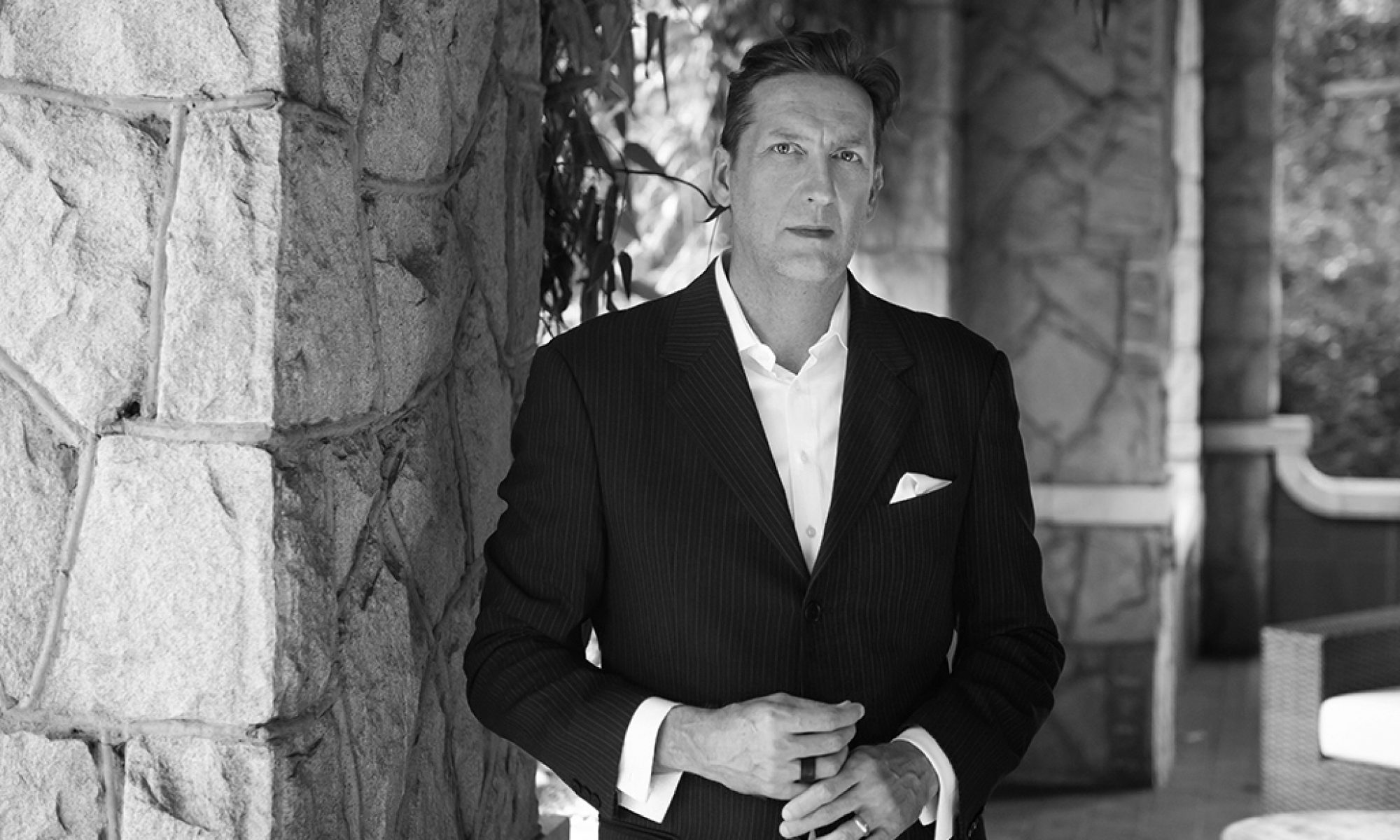I’m a little late to this but… like many issues, it is woven into a blanket that is easy to forget you have, unless it’s the one you pull up every night to keep warm.
In response to the furor last year over lead in toys from China and elsewhere, the government responded with the Consumer Product safety Improvement Act. Sounds reasonable enough, right? The materials used to fabricate toys should be thoroughly tested before mass production and dissemination through chain retailers and the intertubes. But what about small runs of hand-made items, clothing, dolls, toys from people who have created tiny, sustainable niche markets to make things and support themselves? What about used clothes and thrift stores? No difference at all, the Act says.
For starters, the CPSIA requires end unit testing on every product intended for use by children under 12. It is the responsibility of the manufacturer to do this testing, regardless of how small the business. That means that manufacturers (like myself ) will have to pay to get every different product they offer tested. These tests have to be done at a CSPC accredited lab, and cost up to $4,000 with an average of around $150. So for me, I offer 3 different types of dresses. Each dress contains 2 different fabrics, as well as buttons, and thread, so that’s potentially $600 to test one dress. But I have 3 styles, so that’s $1800. And when I get a new bolt of fabric, I need to start all over again. I can only make 15 dresses from one bolt, so there is no way I could make the testing financially feasible.
At present, there are no exemptions for small businesses and “micro” manufacturers like myself and most handcraft artisans.
There is no exception for quantities made, where the garments/products are made or anything else. Nor is there an exception for unadorned fabric components, unfinished wood components, materials which, by their nature, are free of lead and phthalates. Also, the Act takes a “guilty until proven innocent” approach, which would treat a handmade, unfinished wooden toy that doesn’t meet the certification deadline of 2/10/09 as a “banned hazardous substance” which would be illegal to distribute in this country. Each infraction carries a $100,000 felony charge.This legislation is also retroactive for any pre-existing inventory as of February 10th, 2009. This means that everything on the shelves in those big (or small) stores will also be “banned, hazardous substances” – contraband. Larger corporations that can afford testing will incur thousands, maybe millions of dollars in fees, and this expense will be handed down to the consumer, probably making the prices for children’s products go through the roof. This also means that after that date, even selling your kids old things on eBay or Craigslist will be illegal. Charities will not be able to accept donations without a certificate of compliance either.
Designers and shop owners are being turned into activists by this issue and the looming deadline, as their livelihoods are at stake. The manufacturing scale here should easily connote a distinction in risk, and the handmade fabrication and retail industries should be enlisted as a corrective/alternative to mass-produced, imported goods, not lumped in with them. These are the folks who started out championing local, organic, small scale and sustainable as the cornerstones of new enterprise. And they were right. It is a crucial point of departure which is itself one of the new routes to sustainability. The time in which lawmakers could be insufficiently familiar with this distinction, and other, very related ones, has passed.

